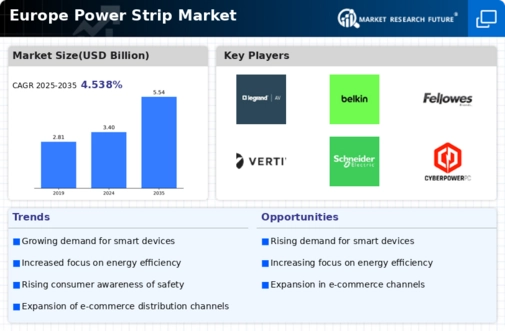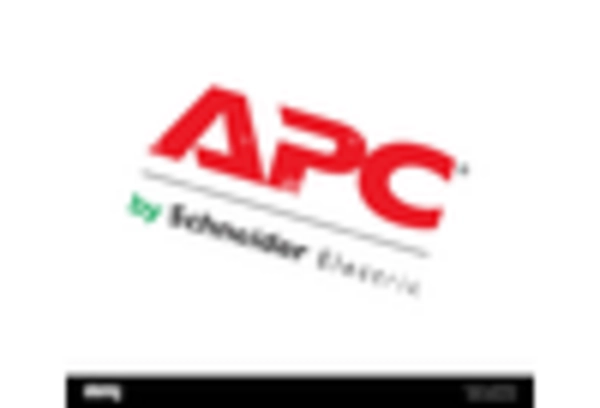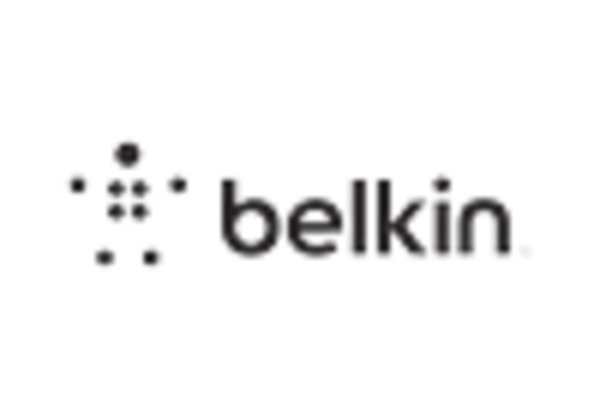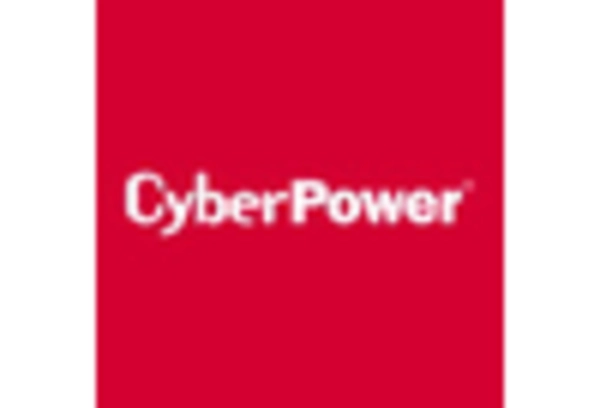Rising Consumer Electronics Usage
The increasing reliance on consumer electronics in Europe appears to be a primary driver for the power strip market. As households and businesses integrate more devices, the demand for power strips has surged. In 2025, it is estimated that the average household owns approximately 10 electronic devices, necessitating multiple power outlets. This trend indicates a growing need for power strips that can accommodate various devices simultaneously. Furthermore, the proliferation of smart home technologies is likely to further boost this demand, as these systems often require additional power sources. Consequently, the power strip market is experiencing a notable expansion, with projections suggesting a growth rate of around 6% annually over the next five years.
Increased Focus on Home Office Solutions
The shift towards remote work in Europe has led to a heightened demand for efficient home office solutions, significantly impacting the power strip market. As more individuals set up home offices, the need for reliable power sources has become paramount. Power strips that offer multiple outlets, USB ports, and surge protection are increasingly sought after. In 2025, it is estimated that nearly 30% of the European workforce is engaged in remote work, further driving the need for versatile power solutions. This trend suggests that manufacturers may need to innovate and adapt their product offerings to meet the evolving needs of remote workers, thereby enhancing their market presence.
Sustainability and Eco-Friendly Products
The growing awareness of environmental issues in Europe is driving the demand for sustainable and eco-friendly products within the power strip market. Consumers are increasingly seeking power strips made from recyclable materials and those that promote energy efficiency. In 2025, it is projected that around 40% of consumers are willing to pay a premium for eco-friendly products. This trend suggests that manufacturers may need to adapt their production processes to align with sustainability goals, potentially leading to innovations in design and functionality. As a result, the power strip market could see a shift towards greener alternatives, appealing to environmentally conscious consumers.
Regulatory Standards for Electrical Safety
The implementation of stringent regulatory standards for electrical safety in Europe is likely to influence the power strip market significantly. Compliance with these regulations ensures that power strips meet safety requirements, reducing the risk of electrical hazards. In 2025, it is anticipated that approximately 70% of consumers prioritize safety certifications when purchasing electrical products. This focus on safety may compel manufacturers to invest in higher-quality materials and advanced technologies, potentially increasing production costs. However, the long-term benefits of enhanced safety features could lead to increased consumer trust and loyalty, ultimately benefiting the power strip market.
Technological Advancements in Power Management
Technological advancements in power management systems are poised to reshape the power strip market in Europe. Innovations such as smart power strips, which allow users to control devices remotely and monitor energy consumption, are gaining traction. In 2025, it is estimated that the market for smart power strips will grow by approximately 15%, driven by consumer interest in energy management solutions. These advancements not only enhance convenience but also contribute to energy savings, aligning with the broader trend of energy efficiency. As technology continues to evolve, the power strip market may witness a surge in demand for intelligent solutions that cater to the needs of modern consumers.


















Leave a Comment